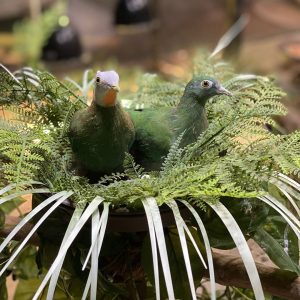What Does Parenting Look Like in Nature?
Ever wondered what parenthood looks like when it comes to the animal kingdom? From mouthbrooding to live births, parenting takes many different forms depending on the species. Here are a few interesting examples among the animals you might see on your next Aquarium visit:
Box Turtles

///
Black-Naped Fruit Doves

///
Surinam Toads

///
Cichlids

///
Stingrays

///
SHELL-ebrate the curious moms and dads in your life at Greater Cleveland Aquarium during Mother’s Day Weekend and Father’s Day Weekend.
For more fun, parent-themed animal facts, check out the video below:
